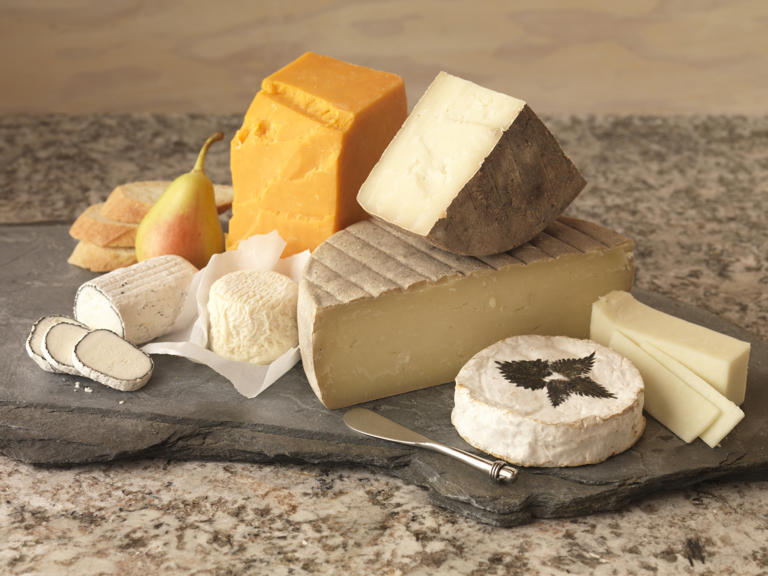
From Phil Hoad for Atlas Obscura: “Months after he buried it in darkness, Régis Hauser still dreamed of the hole he dug at 3:30 a.m. on April 24, 1993, three feet deep somewhere in France. How he lugged the hunk of metal from his car trunk and placed it in the dirt. When he told his tale to the French newspaper Libération, he made the entombment sound faintly gothic: “I hadn’t even finished, and my hands were bloody. When it was done, I went far away, to get breakfast. I looked at myself in the mirror at the cafe. I was barely recognizable, disheveled, covered in earth.” No one had seen him in the act, or so Hauser hoped. The object Hauser buried that night was a bronze sculpture of an owl. He had promised that whoever found it could exchange it for an identical owl cast in gold, silver, onyx, diamonds, and rubies, worth about one million francs. Its location could be divined by solving 11 puzzles, a combination of riddles and illustrations, published shortly afterward in a book he wrote called On the Trail of the Golden Owl.”
Airlines are really just banks with airplanes now, thanks to the rise of point programs

From Ganesh Sitaraman at The Atlantic: “Here’s how the system works now: Airlines create points out of nothing and sell them for real money to banks with co-branded credit cards. The banks award points to cardholders for spending, and both the banks and credit-card companies make money off the swipe fees from the use of the card. Cardholders can redeem points for flights, as well as other goods and services sold through the airlines’ proprietary e-commerce portals. For the airlines, this is a great deal. They incur no costs from points until they are redeemed—or ever, if the points are forgotten. This setup has made loyalty programs highly lucrative. A 2020 analysis found that Wall Street lenders valued the major airlines’ mileage programs more highly than the airlines themselves. United’s MileagePlus program, for example, was valued at $22 billion, while the company’s market cap at the time was only $10.6 billion.”
Note: This is a version of my personal newsletter, which I send out via Ghost, the open-source publishing platform. You can see other issues and sign up here.
A journalist tracks down the mysterious villa where she was experimented on as a child

From Margaret Talbot at The New Yorker: “One night in March, 2021, Evy Mages, a photojournalist in Washington, D.C., opened her laptop and, with trembling fingers, typed into Google the address of a villa in Innsbruck, Austria. For decades, Evy, who was fifty-five, had been haunted by memories of the house, where she had been confined for several months, starting when she was eight. She could still picture its pale-yellow exterior and the curved staircase and dark-wood panelling inside, but she’d kept what happened there a secret. She remembered being wrested from bed in the middle of the night at the home of her foster family, in the Alpine valley of Kleinwalsertal. She was hustled into a car and driven through the mountains to Innsbruck. Nobody told her what kind of place the villa was, or how long she’d stay. Perhaps two dozen children were living there. Adults in white lab coats regularly administered shots and pills.”
Editor’s note: If you like this newsletter, I’d be honoured if you would help me by contributing whatever you can via my Patreon. Thanks!
In the 1920s, a wealthy Canadian businessman used his will to create the Great Stork Derby

From Wikipedia: “The Great Stork Derby ran from 1926 to 1936, and was the the product of a scheme by Charles Vance Millar, a Toronto lawyer, financier, and practical joker, who bequeathed the residue of his significant estate to the woman in Toronto who could produce the most children in the decade following his death. It is one of many unusual bequests in his will, along with giving a vacation home in Jamaica to a group of three men who detested each other under the condition that they live in the estate together indefinitely, brewery stocks to a group of teetotalling Protestant ministers if they participated in its operations and collected its dividends, and jockey club stock to a group of anti-horse-racing advocates. Eleven families competed in the Stork Derby, but seven were disqualified. Eventually a judge ruled in favour of four mothers, who each received $110,000 for their nine children ($2.02 million in 2021 dollars).”
In the 1890s an uncut 16-carat diamond was found on a Wisconsin farm, then disappeared

From Ashawnta Jackson for JSTOR Daily: “In 1893, a sixteen-carat yellow diamond was found in Eagle, Wisconsin. The Eagle Diamond, as it came to be known, would not only change how people thought of the state, but create a legal precedent and a mystery that has yet to be solved. While digging a well, somewhere around sixty feet, workers found an odd yellow stone. It was pretty, but nothing special. The workers gave it to a young girl who was playing in the yard. She later sold it to a jeweller for one dollar, who had it appraised and found out it was the largest diamond ever found in the US up until that point. So the jeweller started buying land around the farm. He hired a lawyer and diamond miners. Hiding the operation as chicken farming to avoid questions from nosy neighbors, Boynton started mining. The secret soon got out.”
In the Middle Ages, sorcerers would use cheese to fortell the future

From the Backyard Banshee: “Tyromancy, is a form of divination based on the study of cheese.In the middle ages, cheese would be inspected and based on the shape, the number of holes, patterns of mould and other cheesy characteristics one could predict certain things, including rain, love, money, justice, health and death. One medieval method offered various potential outcomes, with each piece of cheese denoting one path. Depending on which piece was eaten first by a mouse, or a worm, you could see which path was more likely. Another traditional approach was used by young country girls to divine the names of their future husbands. You could write the names of your potential sweethearts on individual pieces of cheese, and the first to grow mould would show the most likely suitor.”
Watch a group of young bear cubs try to get into a hammock
From Nature Is Amazing on Twitter


Bridgy Response